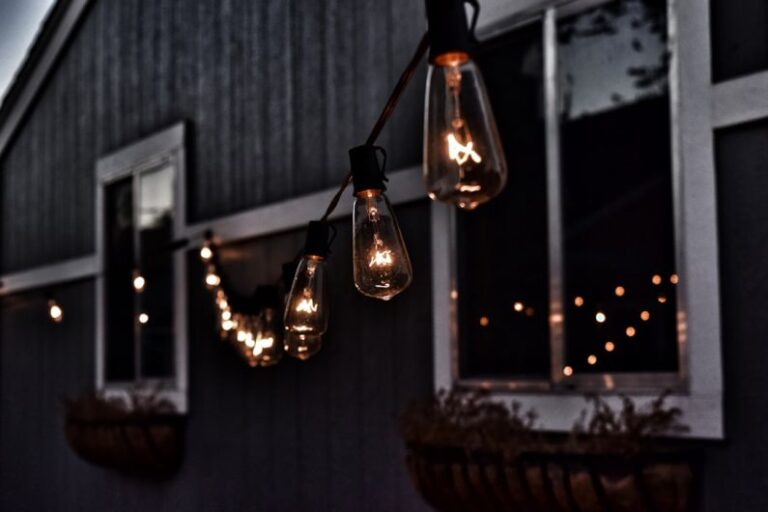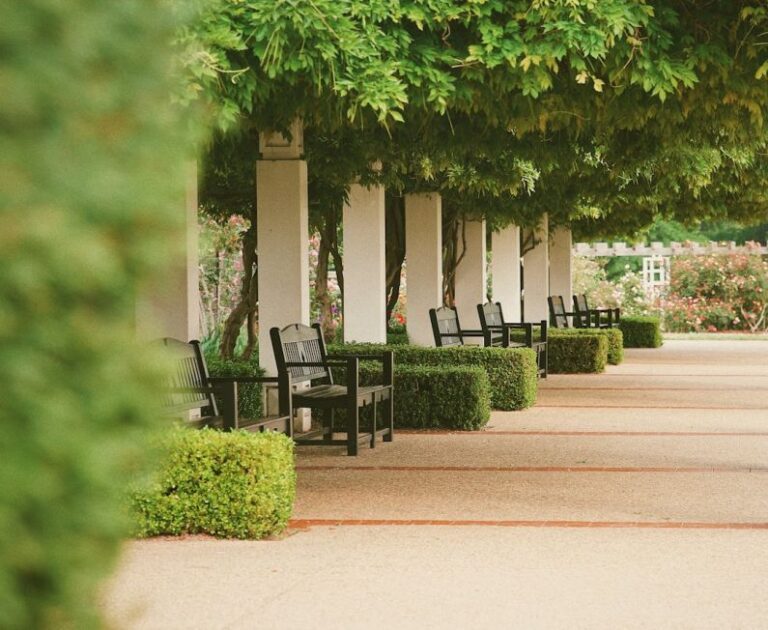Maximizing Space in Small Gardens
Creating a lush and inviting garden in a limited space can be a challenging yet rewarding endeavor. Small gardens offer a cozy and intimate setting, but they often require careful planning and creative solutions to make the most of the available space. By maximizing every inch of your small garden, you can transform it into a beautiful and functional outdoor oasis. From vertical gardening to strategic plant placement, there are several techniques you can use to maximize space in small gardens.
—
Utilize Vertical Space
One of the most effective ways to maximize space in a small garden is by utilizing vertical space. Vertical gardening allows you to grow plants upward, rather than outward, making the most of limited ground space. Consider installing trellises, arbors, or wall-mounted planters to create a vertical garden feature. Vining plants such as ivy, jasmine, or climbing roses are ideal choices for vertical gardening, as they can add height and visual interest to your garden without taking up valuable floor space.
—
Choose Multi-Functional Furniture
In a small garden, every piece of furniture should serve a dual purpose to make the most of the available space. Opt for multi-functional furniture pieces such as foldable tables and chairs, storage benches, or planters that double as seating. By choosing furniture that can be easily folded or stacked when not in use, you can free up space for other activities or plantings in your garden.
—
Create Defined Zones
Dividing your small garden into defined zones can help maximize space and create a sense of organization. Consider creating separate areas for dining, lounging, gardening, or entertaining by using planters, hedges, or pergolas to delineate each zone. By designating specific areas for different activities, you can make the most of your small garden by ensuring that each space is used efficiently and effectively.
—
Utilize Containers and Raised Beds
Containers and raised beds are excellent space-saving solutions for small gardens, allowing you to grow a variety of plants in a compact area. Choose containers of varying sizes and shapes to add visual interest to your garden while maximizing planting space. Raised beds are also a great option for growing vegetables, herbs, or flowers in a small garden, as they provide better drainage and soil aeration while reducing the need for bending or kneeling when gardening.
—
Opt for Compact and Dwarf Varieties
When selecting plants for your small garden, opt for compact and dwarf varieties that are well-suited to confined spaces. Compact shrubs, dwarf trees, and small perennials can add color and texture to your garden without overpowering the limited space. Choose plants that have a small footprint but offer a long season of interest, such as dwarf hydrangeas, miniature roses, or compact ornamental grasses.
—
Maximize Light and Airflow
Properly positioning plants and structures in your small garden can help maximize light and airflow, creating a more comfortable and inviting outdoor space. Avoid planting tall or dense foliage near windows or seating areas, as this can block natural light and airflow. Instead, strategically place plants to allow for adequate sunlight and ventilation throughout your garden. Consider adding mirrors or light-colored surfaces to reflect light and create the illusion of a larger space.
—
Create a Focal Point
In a small garden, a well-placed focal point can draw the eye and create a sense of depth and perspective. Consider adding a striking feature such as a sculpture, fountain, or birdbath to serve as the centerpiece of your garden. By creating a focal point, you can distract from the limited size of your garden and instead focus on its beauty and uniqueness.
—
Incorporate Vertical Structures
Vertical structures such as arches, pergolas, or gazebos can add height and drama to a small garden while providing support for climbing plants. By incorporating vertical structures into your garden design, you can visually expand the space and create a sense of enclosure and intimacy. Consider adding a pergola over a seating area, an arbor at the entrance to your garden, or a trellis along a fence to add vertical interest and maximize space in your small garden.
—
Embrace Creative Planting Ideas
Think outside the box when it comes to planting in a small garden. Consider planting herbs or vegetables in hanging baskets, creating a living wall with succulents, or designing a vertical herb garden on a trellis. By embracing creative planting ideas, you can maximize space in your small garden while adding a touch of whimsy and personality to your outdoor space.
—
Design with Scale and Proportion
When designing a small garden, it’s essential to consider scale and proportion to create a harmonious and balanced layout. Avoid overcrowding plants or structures, as this can make the space feel cramped and overwhelming. Instead, carefully select plants and features that are proportionate to the size of your garden and complement each other in color and texture. By designing with scale and proportion in mind, you can create a cohesive and visually appealing outdoor space that feels both welcoming and spacious.
—
In summary, maximizing space in small gardens requires thoughtful planning, creative solutions, and a bit of ingenuity. By utilizing vertical space, choosing multi-functional furniture, creating defined zones, and incorporating containers and raised beds, you can make the most of your small garden and transform it into a beautiful and functional outdoor oasis. Embrace compact plant varieties, maximize light and airflow, create focal points, and incorporate vertical structures to add interest and depth to your garden. With these tips and techniques, you can create a stunning and inviting garden that feels spacious and well-utilized, no matter its size.






